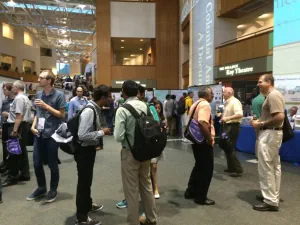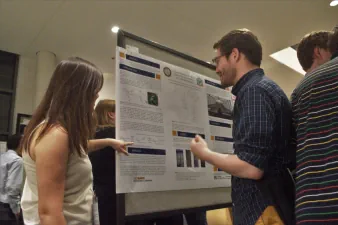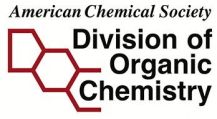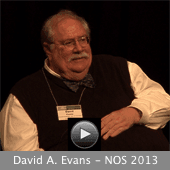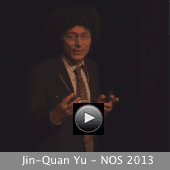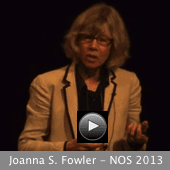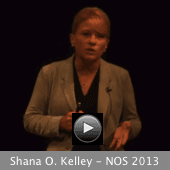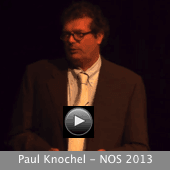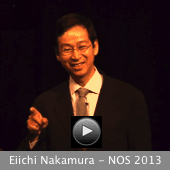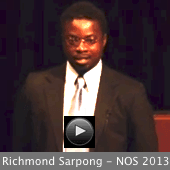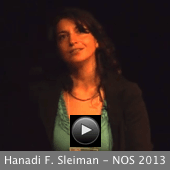Sorry, only members of the Organic Division can access this page.
You can join the Division for only $20.
If you think this message is in error, please contact us
Sorry, only members of the Organic Division can access this page.
You can join the Division for only $20.
If you think this message is in error, please contact us
Sorry, only members of the Organic Division can access this page.
You can join the Division for only $20.
If you think this message is in error, please contact us
Sorry, only members of the Organic Division can access this page.
You can join the Division for only $20.
If you think this message is in error, please contact us
Sorry, only members of the Organic Division can access this page.
You can join the Division for only $20.
If you think this message is in error, please contact us
Sorry, only members of the Organic Division can access this page.
You can join the Division for only $20.
If you think this message is in error, please contact us
Sorry, only members of the Organic Division can access this page.
You can join the Division for only $20.
If you think this message is in error, please contact us
Sorry, only members of the Organic Division can access this page.
You can join the Division for only $20.
If you think this message is in error, please contact us
43RD NATIONAL ORGANIC SYMPOSIUM
June 23–27, 2013, University of Washington, Seattle, Washington
The Division of Organic Chemistry is pleased to provide the following videos to all members free of charge.
Sorry, only members of the Organic Division can access this page.
You can join the Division for only $20.
If you think this message is in error, please contact us

